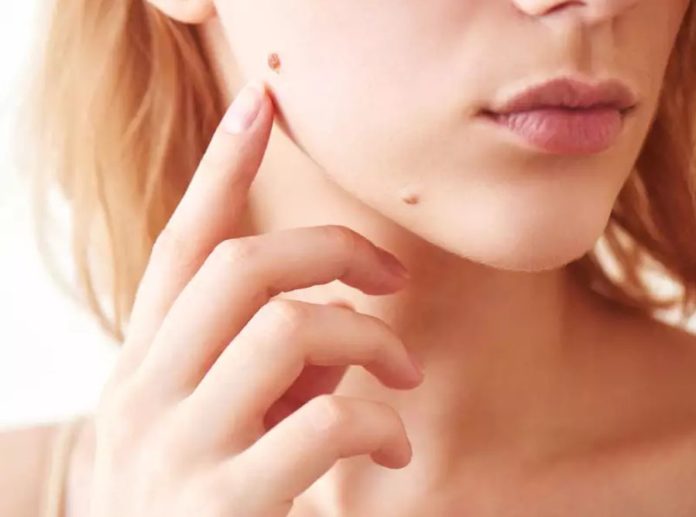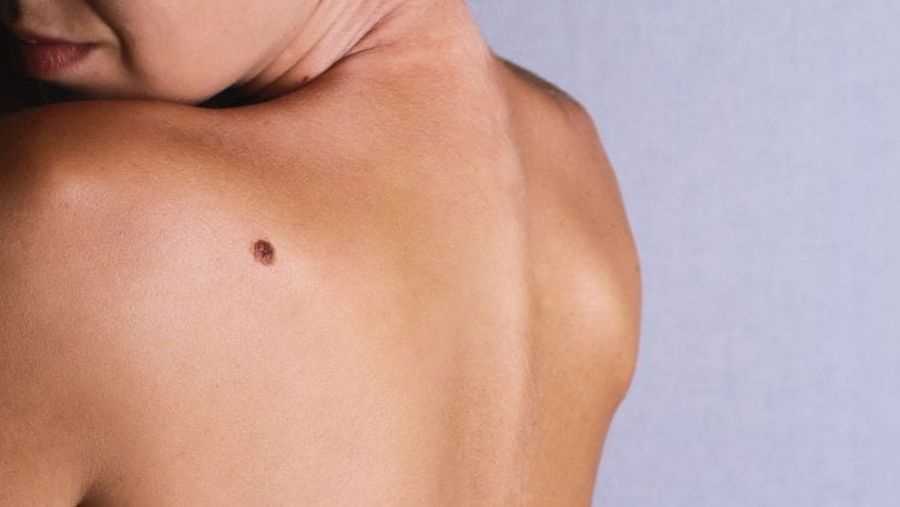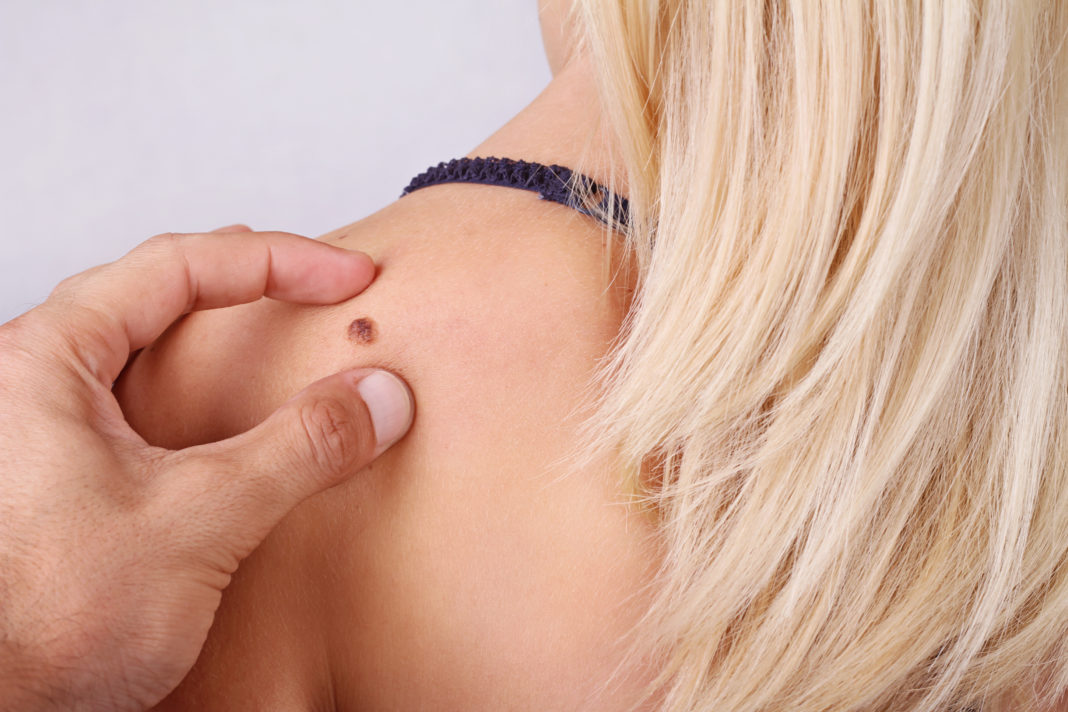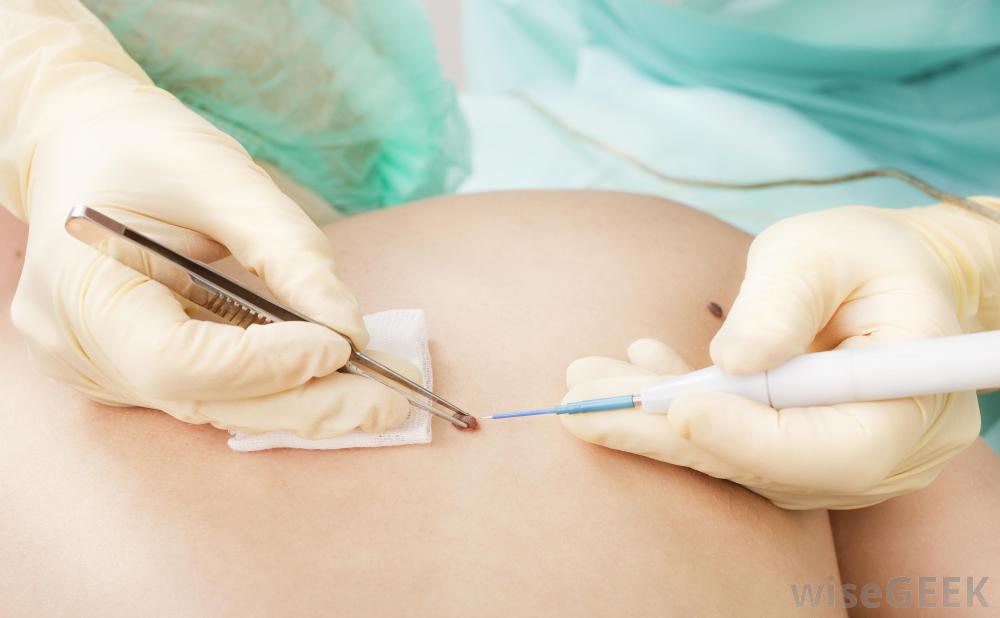
The surgical removal of a mole for cosmetic reasons can help to boost your self-image. Whether the mole is in an uncomfortable spot and is constantly being rubbed against by clothing or you simply want to remove an unsightly mole from your face or body, scarring is always a concern.
Scars may all but vanish on their own, based on a number of factors unique to each individual. Other scars may prove to be almost as unsightly as the mole itself if the removal wasn’t handled by someone skilled at this procedure.
The type of removal procedures
A mole can typically be removed in just one visit to the office. There are three primary procedures that are used to remove moles.

Shave excision. This procedure involves the use of a very thin scalpel to essentially shave the mole off of the skin. Moles that are flat on the surface of the skin are best suited for this quick procedure. Stitches are not typically needed after this type of excision.
Surgical excision. This procedure is the selected option used if the mole is a bit deeper in the skin. The mole will be surgically removed, and stitches will be used to close the incision.
Laser excision. This procedure is ideal for moles that are somewhat flat and don’t protrude above the skin’s surface. Bursts of light radiation are used to break down the cells of the mole.
A few treatments may be needed. A small flat scar that is lighter than your natural skin tone may be left behind. Sites like The DOC clinic can give you an idea as to what types of cosmetic mole removal therapies are the ideal choice for your cosmetic goals.
Five ways to reduce scarring

You can take a number of steps to avoid the development of a noticeable scar, or at the very least reduce the potential size of the scar.
Stay out of the sun while you are healing. The sun can damage even healthy skin. Skin that is still healing is at a higher risk of damage. Fresh wounds are at an increased risk of darkening and discoloration when exposed to the sun’s UV rays. Cover your scars and use a strong sunscreen where possible.
Keep the incision clean and use a protective moisturizing ointment. Wounds are more likely to fully heal when they are kept clean and moist. Dry wounds tend to take a bit longer to fully heal and the scars are less likely to fade swiftly.
Avoid excessive movement and skin stretching. This could otherwise result in lengthier healing time and a larger scar. If your scar is in a place where the skin is often stretched, such as the back of your hand, it will require making an effort to avoid too much movement and pulling on the skin around the scar.

Massage the healing scar. Once the sutures are out and the scab has fallen off, you may try massaging the scar. Be sure not to pull at any remaining scabs, as this can result in worse scarring. Once it’s gone, use your fingers to massage the scar and the surrounding skin. Use light pressure, and gradually increase the pressure as time goes on. You don’t want pain, but you do want the pressure that encourages healthy blood flow and healing collagen.
Consider laser and light therapies. These treatments can be helpful for a number of scar types. They can help to reduce the appearance of larger scars.
Each person heals at his or her own pace, so be sure to allow your incisions to heal completely prior to starting any type of therapy to minimize the appearance of the scars.














